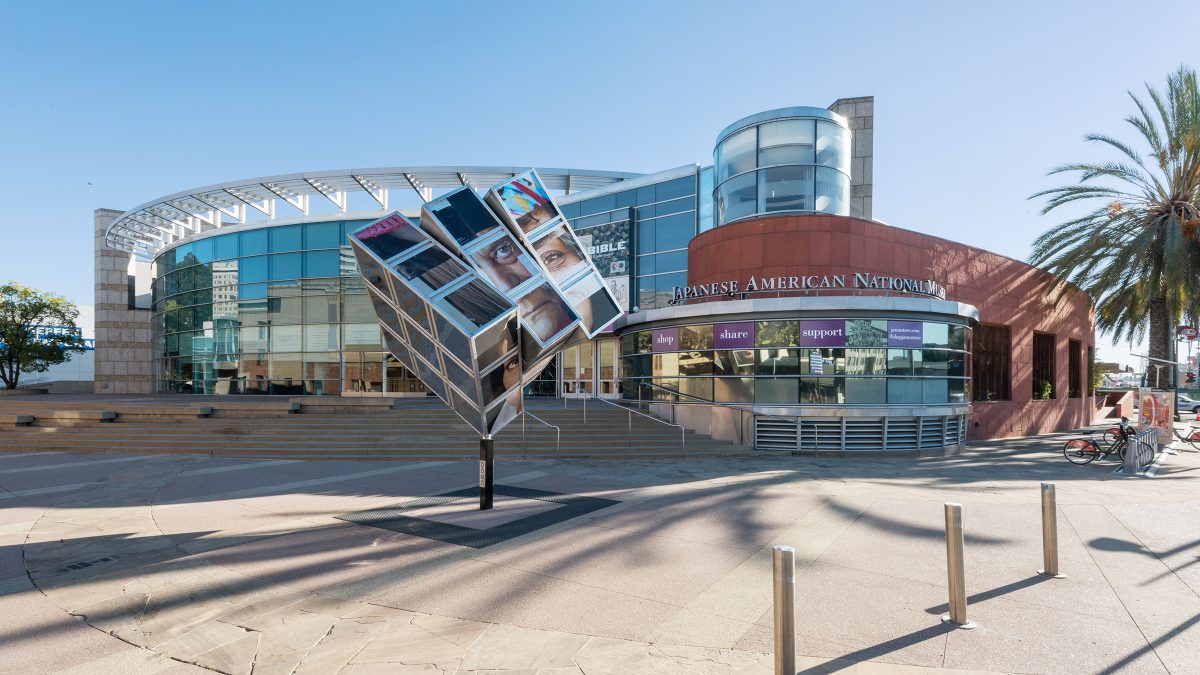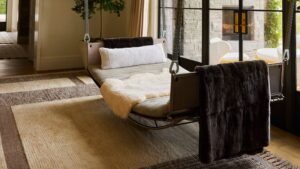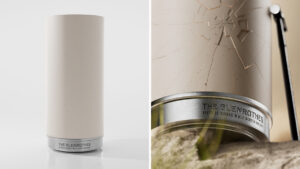America’s Cultural Treasures: This article is part of a series sponsored by the Ford Foundation highlighting the work of museums and organizations that have made a significant impact on the cultural landscape of the United States.
“We ask if you could carry this history with you, understanding that it is not a Japanese-American history, this is an American history, then maybe you can prevent it from happening again.”
Karen Kano, Guide for the Irei Project, The Japanese American National Museum
The answer to the question “Who belongs here?” — that is to say, who is considered part of the community that the Japanese American National Museum (JANM) serves — may seem obvious on its face. The Japanese-American community that surrounds it comprises a historic and essential constituency in the area of downtown Los Angeles known as Little Tokyo or J-town. It was founded at the turn of the 20th century and is home to the largest Japanese-American population in the continental United States. It is larger and more populous than the two other majoritarian Japanese ethnic enclaves in the US: San Francisco and San Jose. According to Kristen Hayashi, the museum’s director of Collections Management & Access, prior to World War II, perhaps 90% of the Japanese-American community lived within a 10-mile radius of JANM.
The story of what happened to Japanese immigrants during and after the war itself poses this and related questions: Who thrives because they are made to feel welcome, and who is made to feel that they don’t belong?
In the intervening years between the early 1900s and the museum’s founding in 1985, something momentous and irredeemable happened to the people who lived in Little Tokyo. Before the war, there was a vibrant, thriving community of Japanese Americans in California. But in 1942, months after the Imperial Japanese Navy Air Service carried out a surprise attack on the United States at its Pearl Harbor naval base in Honolulu, Hawaii, Japanese Americans were rounded up, relocated, and forcibly incarcerated in 10 concentration camps and 65 other confinement sites scattered around the country. Over 125,000 ethnically Japanese people (including those deported from Latin American countries like Peru) were incarcerated between February of 1942 and about March of 1946, using the legal justification of Executive Order 9066. Authorized by then-President Franklin D. Roosevelt two months after the Pearl Harbor attack, the order empowered regional military commanders to designate “military areas” from which “any or all persons may be excluded.” This practically allowed the removal of all persons of Japanese ancestry from the West Coast (plus German Americans and Italian Americans). These detainees were relocated to concentration camps in Arizona, Colorado, Wyoming, Idaho, and as far east as Arkansas.
For many of those being forcibly relocated from Little Tokyo, the original site of JANM was a place of makeshift refuge. The museum’s birthplace was in one of the buildings where Japanese Americans were instructed to line up before being forced onto the buses that took them to the incarceration camps: the Nishi Hongwanji Buddhist Temple, constructed in 1925 as the first Buddhist temple in Los Angeles. Because detainees were only permitted to take with them what they could carry, the building was used as a storage facility for its members’ property. And in 1945, when the government began releasing Japanese Americans from the camps as the war came to a close, it served as a hostel for those returning home.
Forty years later, the museum was founded in that building, and the day before it officially opened its doors to the public in May 1992 was also the same day a jury acquitted four Los Angeles Police Department officers charged with using excessive force in the arrest and beating of Rodney King — an action that precipitated the LA Uprising. Ann Burroughs, the current president and chief executive officer, explains that the museum “came out of this history of discrimination, dispossession, forced removal, suspension of Constitutional rights … birthed in this crucible of racial tension within the city.”
“Our plaza [is] one of the ground-zero points in the civil rights history of this country, and it’s from our plaza that we get our power of place,” Burroughs continues, emphasizing the significance of location to the museum’s identity. “We’ve become a point of pilgrimage.”

The Japanese American National Museum has become a touchstone for telling this story in all its harrowing and triumphant details, particularly since the 1999 opening of its modern 85,000-square-foot Pavilion just next door to the Nishi Hongwanji Buddhist Temple. The museum’s debut presentation was the long-running Common Ground: The Heart of Community, a chronological exhibition that profoundly retold Japanese-American history through personal accounts, artwork installations, rare artifacts, photographs, textiles, home movie footage, and scale models. Though Common Ground closed in January as the museum undergoes renovations until late 2026, one particularly poignant aspect of the exhibition was a portion of the barracks originally erected in the Heart Mountain concentration camp in Wyoming. JANM staff acquired the building (which was on privately owned land), disassembled the structure, and then fully reassembled it in the museum’s plaza, where it stood for several years. When the Pavilion opened, it was brought inside and a portion was displayed without a ceiling or cover due to fire codes. Exhibited this way, it may have had even more resonance than it did in the courtyard. For years it stood as a moving metaphor for the porosity of our collective ethics, the gaps that exist in the network of legal, political, and practical protections for those with no roof over their heads.
At the same time, this installation demonstrated something else. Hayashi saw it as emblematic of “a community reclaiming its history,” just as the museum at large conveys narratives of Japanese self-determination. One section of the exhibition highlighted the 442nd Regimental Combat Team, a segregated unit that was activated on February 1, 1943, nearly one year after the signing of the executive order that incarcerated their families. Two-thirds of the regiment comprised Hawaiian-born Nisei (second-generation Japanese Americans), with the remaining third consisting of Nisei from the mainland US. The 442nd is recognized as the most decorated unit for its size and length of service in the history of the US military. This unit of about 18,000 men earned over 4,000 Purple Hearts, 4,000 Bronze Stars, 560 Silver Star Medals, 21 Medals of Honor, and seven Presidential Unit Citations.
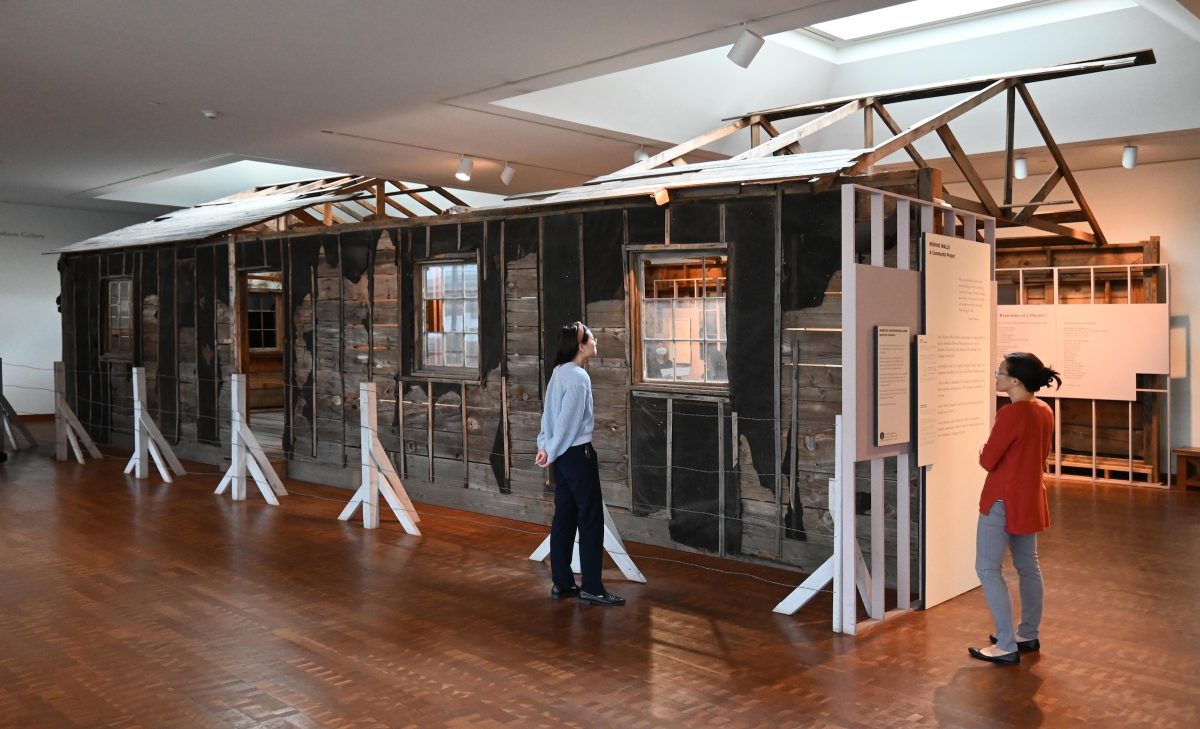
However, on the other side of the issue of draft conscription, some young Japanese Americans refused to acquiesce to a coercive and arbitrary government. In Wyoming, at the same concentration camp whose barracks long stood inside JANM, the Heart Mountain Fair Play Committee was organized in 1943 to protest the draft of Nisei from government concentration camps and the deployment of a document by the War Department and the War Relocation Authority that would become known as the loyalty questionnaire. This survey of incarcerated men contained two particularly troublesome questions: one that asked respondents whether they were willing to serve on combat duty wherever ordered, and another that asked them to swear unqualified allegiance to the United States and renounce allegiance to the Emperor of Japan. The committee, which began with Kiyoshi Okamoto, later joined by other inmates, refused to volunteer for or participate in the draft. Eventually all 63 members were put on trial and convicted for Selective Service Act violations, with the group leaders sentenced to four years in prison and the rest to two years. Though this protest constituted the largest single draft resistance movement in United States history at the time, the Fair Play Committee members were seen as traitors by many in the Japanese-American community for decades, even after their pardoning in 1947.
Part of JANM’s work has been to address the unspoken shame of incarceration with care. “There were a lot of Japanese Americans who were in camp who did not want to talk about it; the community as a whole didn’t want to talk about it,” says Clement Hanami, vice president of exhibitions. “I feel that the work that we have done has made it okay for 80 percent of the community to talk about it.” This work of remembrance and comprehension is important for subsequent Sansei and Yonsei generations, a point Director of Public Programs Joy Yamaguchi echoes.
“There are a lot of folks who come and really feel themselves reflected in what they see,” Yamaguchi explains. “They get to say, ‘This was my family’s history, this was something that happened to my parents that I’ve actually not heard that much about but we want to understand better,’ … and there’s maybe some shame around it or misunderstanding.”
The institution’s leaders learned how to help visitors and patrons metabolize this guilt by fully telling these stories and by recognizing those who were caught up in the cyclone of hysteria. Naming them has been key. In the outdoor plaza adjacent to the Pavilion there is an area colloquially known as the “Children’s Courtyard,” where the names of children whose parents or grandparents donated to the museum are incised into the terracotta flooring. On the glass walls of the lobby, names are similarly incised, representing the people who donated money to the museum for themselves in commemoration of someone else. Kristen Hayashi can attest to the grassroots foundation of the museum, whose storytelling the community recognized as needed and valuable. “JANM was really built by the community,” Hayashi says. “This history wasn’t sufficiently being told elsewhere, not at the Smithsonian, our national museum, so they wanted this history to be preserved and shared.”
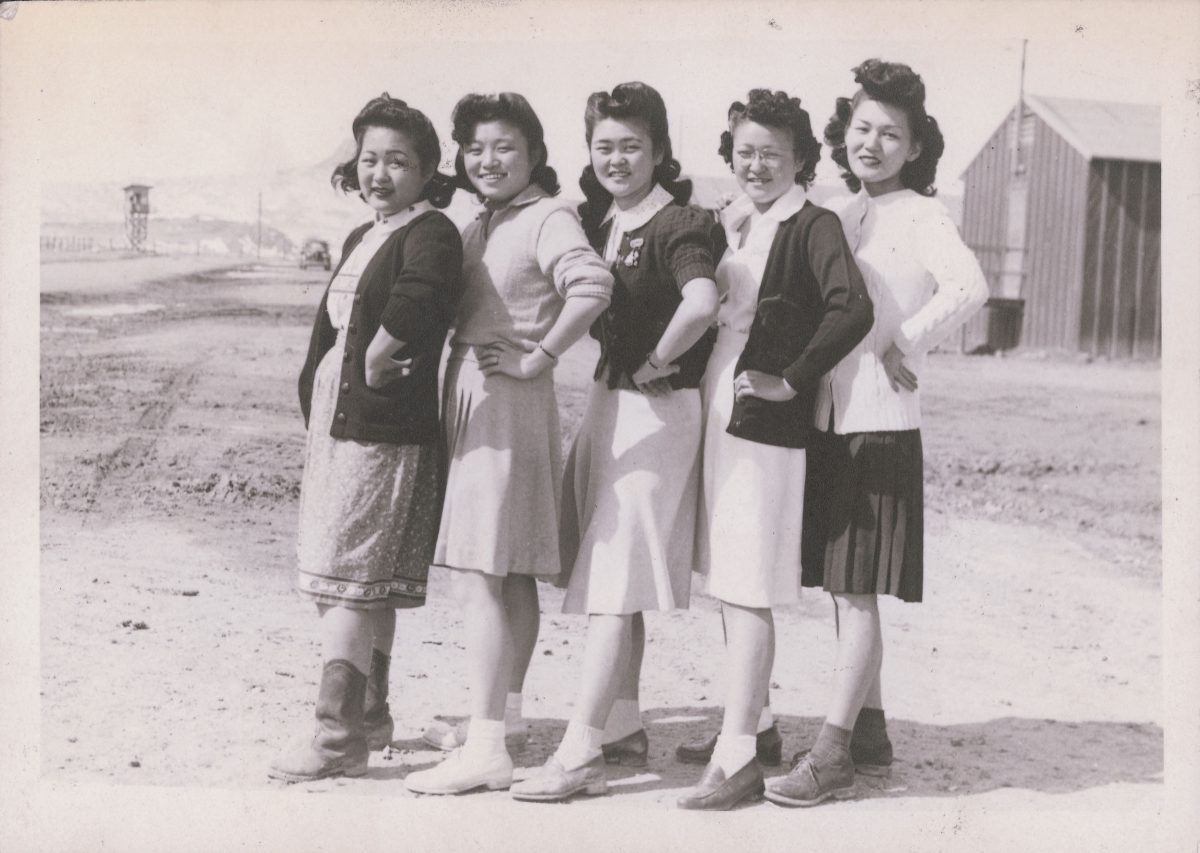
The Irei project — which was on display from October 11, 2022, through December 1, 2024 — also demonstrated how integral naming and remembrance are to the work of the museum. Currently traveling across the United States, the project seeks to comprehensively list every person of Japanese ancestry incarcerated in the World War II camps, instigated and led by Rev. Duncan Ryuken Williams, director of the USC Shinso Ito Center for Japanese Religions and Culture. At the center of the three-part project is a monument in the form of a book called the Ireichō. In a partitioned space on JANM’s ground floor, Karen Kano, the project’s guide and one of the workers who spent thousands of hours transcribing, researching, and editing the names, showed visitors into a kind of shrine. Three deep blue walls imbued the space with a sense of calm. Each of the 75 concentration camps was marked by a sotoba, a wooden memorial board, which was affixed with a jar of soil from the corresponding camp. On a plinth sat the Ireichō, on which visitors could use a small stamp to imprint a dot beneath the name of a family member or someone unknown to them. The small circle is meant to symbolize a visitation stone, the kind left by someone paying a call at a gravesite to remember and honor the deceased. Kano explains the meaning of these gestures:
“We’re doing this because we want to restore their personhood after the government assigned them a number and they were incarcerated … to recognize that this is not just a list of Japanese-American people; this is a list of individuals, each of whom had livelihoods and different personalities and family.”
A recognition of the importance of ordinary, individual lives suffuses the museum’s exhibition program and collecting practices. According to Hayashi, the museum is “the largest repository of Japanese-American material, culture, and archives in the world,” largely due to the fact that donations make up much of their collection. These artifacts, ranging from photographs to family keepsakes, are sometimes curated into exhibitions such as Don’t Fence Me In: Coming of Age in America’s Concentration Camps (2023), Common Ground, and ongoing online shows including Tanaka Photo Studio and Henry Sugimoto’s Artistic Evolution. JANM was among the first museums in the US to offer virtual programs during the COVID-19 pandemic, and now enjoys close to a million views per year via both the museum and Discover Nikkei sites.
While individual artists are sometimes named in the headlines of exhibitions, the museum generally uses common materials (such as barracks timber) to convey narrative. Lynn Yamasaki, the museum’s director of Education, clarifies, “In our gallery, nothing is made of gold and silver; that’s not why [they’re] valuable. It’s because of the stories they have.”
“You go to museums where [there are] million-dollar paintings on the wall. That’s amazing and you can appreciate it. But it’s different where you see a fishing anchor and it’s like, ‘We have one of those at home,’” she continues. “The reason that that’s valuable is you have one at home, too, not because it’s one of a kind. That’s another thing that’s important in our messaging: Everybody’s story matters.”

Visitors saw this play out in Common Ground, where the story moved through the post-war narrative arc of Jimmy Carter appointing the Commission on Wartime Relocation and Internment of Civilians to investigate the camps, the commission’s conclusion that the incarceration was the product of racism, and Ronald Reagan’s signing into law the Civil Liberties Act of 1988, which officially apologized for the incarceration and authorized payment of $20,000 to each former detainee who was still alive. Here, going against the grain of White American popular culture, the emphasis is not on particular heroes but rather on the work of an entire community and their allies.
Rick Noguchi, the museum’s former chief operating officer and now the president and CEO of California Humanities, pointed to JANM’s focus on a specific ethnic community as key to its success, through its careful cultivation of community-based storytelling, commemoration, and recognition. According to Noguchi, “JANM has become, in many ways, a role model for other ethnic museums.”
One of the ways JANM has embodied this model is by partnering with other institutions to broaden and deepen their community. Through one of the first programs they developed, “Finding Family Stories,” they’ve joined hands with several organizations in the Southern California area: starting with the Korean American Museum, and including the California African American Museum, Watts Towers, Self Help Graphics & Art, Plaza de la Raza, the Chinese American Museum, the Skirball Center, and the Santa Barbara Museum of Art. Clement Hanami explains that they looked for artists and writers within partner communities to lead the project, finding common themes in situations that relate to familial complexity, such as staged family portraits, dealing with an absent parent, and immigrant colonial history. The resulting shows were all exhibited at the participating institutions around the same time.
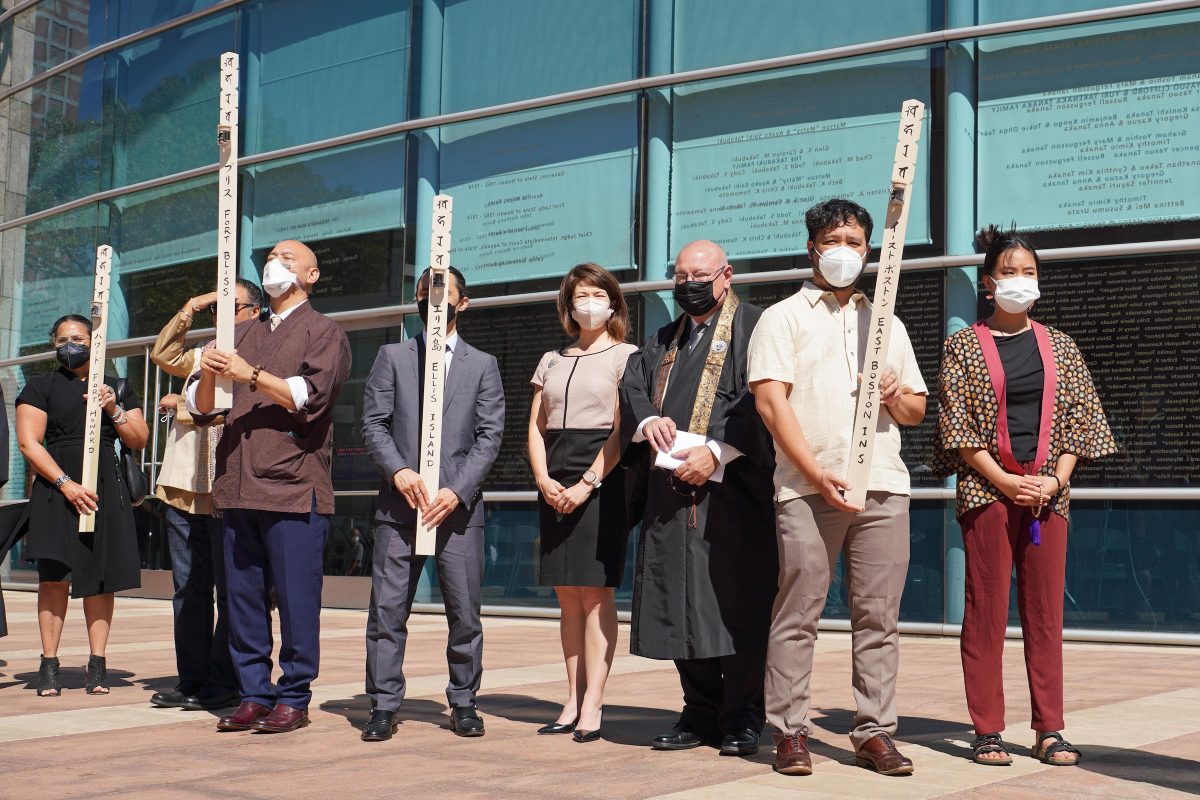
“We’re also thinking about an audience beyond the Japanese-American community, an audience of LA or museumgoers who find themselves in our museum for some reason,” says Lisa Doi, the project manager of the core exhibition In the Future We Call Now, adding that JANM wants these visitors to “see connections between themselves, their communities, and the Japanese-American experience.”
The museum embraces this Japanese-American experience in all its permutations, including aspects that non-Japanese communities who have also been persecuted and marginalized can recognize. One such project is An American Vocabulary: Words to Action, an ongoing, collaborative project launched in late 2022 by visual artist Audrey Chan and rapper jason chu (who are both Chinese American). The two artists produced a set of flashcards that portrays people, events, and customs rooted in Asian-American, Native Hawaiian, and Pacific Islander (AANHPI) communities. Each card depicts a particular word or phrase that is translated into English from Korean, Laotian, Cantonese, Tagalog, and other languages, demonstrating the ways AANHPI communities have had to translate their uniquely American histories across linguistic, cultural, and imaginative gulfs. As chu admits, “to be entrusted with the mission of creating something that spoke to an Asian-American or Asian American Pacific Islander, a pan-ethnic message and vision, was huge.” Audrey Chan affirms, “[It’s] about using JANM as this umbrella to talk about different intersecting narratives.”
Gordon Yamate, a member of the museum’s board of trustees, regards this issue as a perennial one for JANM: “The other question that has always been at the heart of the museum is if we’re preaching to the choir, how do we reach the people who aren’t part of that choir?” Through its programs and partnerships, the Japanese American National Museum has configured itself to also serve a wider collective, a set of disparate groups connected by way of cultural values, similar and adjacent experiences, and political identities.
The National Center for the Preservation of Democracy (Democracy Center) acts as a crucial way for JANM to collaborate and connect with other organizations. Created in 2005 and located across the plaza from the Pavilion, its indispensable feature is the 200-seat Tateuchi Democracy Forum theatre. This facility hosts meaningful programs, which include original content and deep collaborations. It also allows other organizations that are aligned with the museum’s values to use this space to hold events. For example, the center has worked with a group called entertwine that stages a yearly 24-hour playwriting contest, through which AAPI writers are given an opportunity to produce a 10-minute play for the prize of having the work staged for a virtual reading. The center also works with the group that produces the podcast Gratitude Blooming and uses their regular public conversation to work through a fundamental question: “Can we start to see the beauty and power in ourselves, in others around us, and democracy as a whole?” Democracy Center Director Jim Herr expresses, “I think there is a space for us to fill in terms of talking about the arts and democracy. Ultimately, it’s all focused on having our stories told so that they become part of an American canon that’s not just made up of Western voices.”
Perhaps this harrowing history can be redeemed because the people who belong to this museum not only connect over a shared past, but also fervently believe in the ideals that this country has long touted yet failed to fulfill. Can a nation of disparate people discover ways to hold hands and find common cause? Perhaps by following JANM’s lead.
The people who belong here believe in the humanizing power of storytelling, believe there is some measure of grace to find in the terror of being othered. As Hayashi insists: “I think the lesson that we try to impart to visitors is that we need to uphold these ideals about protecting liberty and justice for all, because [they are] so fragile, right? Not everyone is protected. Many people remain vulnerable. That’s the lesson that we tell here.”
This article is licensed under a Creative Commons Attribution 4.0 International license.
Credit: hyperallergic.com

